How NATO is recruited into special forces
The use of the armed forces at the present stage is marked by the conduct of hostilities in local military conflicts, participation in international peacekeeping and anti-terrorist operations. Successful such missions are carried out with the participation of special operations forces (SOF) - a branch of the military designed to carry out complex tasks in the most difficult conditions. This type of troops has already been created or is being formed in all developed countries, in particular NATO member countries.
Based on the results of the analysis of data from open sources, it can be argued that the United States, Great Britain and Germany have the most prepared formations of the SOF. So, it would be logical to consider the process of recruiting special forces in these countries.
The Special Forces (SSP) in the United States was created in 1952. They were intended for a number of special operations, including the organization of guerrilla warfare and subversive activities on enemy territory. Already in 1983, in order to unite the VSP and psychological operations units, the first US Army Special Operations Command was created. This measure was due to the experience gained in combat operations in Vietnam.
From the very beginning of the emergence of the American SOF, they closely cooperated with the Central Intelligence Agency (CIA), whose tasks also include the creation of an agent network for conducting psychological processing of the local population.
Features of the combat use of US special forces determine their composition and training. Selection in the US SSO is carried out exclusively on a voluntary basis and only from American citizens. At the same time, only males who have a military rank of at least sergeant 1st class, who have no restrictions on extending the service life and no criminal record during the last contract, can be volunteers. A future cadet, before writing a report about the desire to serve in the SOF troops, must complete a parachute training course. In addition, the following requirements are imposed on volunteers: they must serve in the armed forces for at least 2 years, have a full twelve-year high school education, a high IQ (at least 110 points or 100 points if the candidate is fluent in a foreign language) get permission to work with classified documents. In addition, future candidates undergo an initial physical training test - they must swim 50 meters in uniform and boots, push up from the floor 2 times in 52 minutes, raise their torso 62 times from a supine position, run 3 meters in sportswear in 200 minutes 14 p. Candidates pass test exams within 52 weeks.
Persons who have passed the exams are enrolled in qualification courses that operate at the MTR school, where they are trained as future special forces specialists.
All cadets take a basic training course for the MTR, which is carried out in 2 stages (the first - 13 weeks, training in military specialties, the second - 5 weeks, of which 3 weeks are reinforced single training and 2 weeks are trained already as part of the unit) . Further, in three stages, a course of enhanced training is carried out - 12 weeks.
All cadets in the course of training are required to attend a course of lectures on survival. In addition, they learn the skills of forging documents, learn the rules of conduct during interrogation and in captivity, learn how to escape from persecution and from captivity. In the course of mountain training, cadets get acquainted with the main means of transportation in the mountains, insurance, work with knots and rope, etc. The result of training from the general program should be the acquisition by the cadet of certain knowledge in two or three specialties provided by the states of the SSO. Upon completion of the advanced training course, cadets, in order to consolidate their knowledge and skills in practice, are sent for further service to the Alpha detachment.
The special forces of the ground forces of England are designed to conduct reconnaissance and carry out special activities on enemy territory in peacetime and wartime. The main component of the MTR of Great Britain is the SAS (Special Air Services - Special Airborne Service (SAS) of the ground forces. The first SAS units were formed in 1941. In 1941 - 1943, the SAS units conducted many successful operations in North Africa.
After the end of World War II (at the end of 1945), these units and subunits were disbanded. However, soon the command of the British armed forces came to the conclusion that units of the SAS type would play an important role in possible armed conflicts. As a result, in 1947 the Regiment "Bohemian shooters" (The Artist Rifles) of the British Territorial Army was transformed into the 21st SAS Regiment. Since then, the post-war story British MTRs that took part in all the armed conflicts that this country waged in the post-war period: in Malaysia, Brunei, Oman, Yemen, the Falkland Islands, Borneo and the Persian Gulf. In 1952, when Great Britain fought in Malaysia, the now famous 22nd SAS Regiment was formed on the basis of the Malay Scouts group.
Today, the British Army has three special forces regiments (21st, 22nd and 23rd). The 22nd Regiment is fully manned, while the 21st and 23rd Regiments are cadre and are part of the Territorial Army. Recruitment of personnel in the SAS is also carried out on a voluntary basis from military personnel of all types and branches of the armed forces of the country, including female military personnel. In addition, there is a practice of recruiting Gurkhas - military personnel of the Kingdom of Nepal. Volunteers who decide to serve in the SSO units must have a fairly serious motive for serving in the SAS and appropriate moral and psychological endurance, their health must meet increased medical requirements, in addition, they must be in good physical shape, be able to study combat disciplines. preparation, initiative and self-confidence, as well as the skills of being in long-term isolation and working in a small team. Age limits are 22-34 years for officers and 19-34 years for other categories of military personnel. Also, the candidate must have good characteristics from the last duty station and be a trained specialist.
The British CAC uses the world's most impressive selection tests to test its candidates. They were specially designed in such a way as to test the physical and moral preparation of the candidate as much as possible, to bring the recruit to the border of complete exhaustion, since this is the only way to determine whether a candidate is suitable for service in the CAS. The selection process is designed so that those who do not fit are weeded out as soon as possible.
The preliminary selection course lasts 4 weeks and consists of several marches, during which spetsnaz candidates must show their good physical endurance, the ability to accurately navigate the terrain, ingenuity and perseverance in achieving the goal.
Before the start of the exams, candidates are given a week so that they can gather strength and prepare for the tests. Therefore, during the 1st week, military personnel pay increased attention to training crosses, increasing their distance every day. Then all candidates pass a medical examination and pass a physical fitness test: a normal combined arms test, which includes a group forced march with full gear for a distance of 2,5 km (the time spent is no more than 13 minutes) and a single cross for the same distance ( no more than 11,5 minutes). Those who did not pass the medical commission or did not meet the standard will not be allowed to further tests. Further, having received weapon, uniforms and equipment, candidates are sent to the training base of the training center in the mountains of South Wales, where they undergo the entire selection course.
The first three weeks are called adaptation, and the fourth - control, while for candidates from among the officers the control is the third week, and during the fourth ("officer's week") their abilities as leaders are tested.
The selection begins with a march as part of a group for a distance of 10 km. Each carries a backpack (18 kg) and a rifle (4,5 kg). The first week ends with a march of 23 km, which must be covered in no more than 4 hours and 10 minutes. During the second and third weeks, single marches are held for the same distance. Candidates must show the ability to navigate the terrain on the map and without it, go to certain points. They are prohibited from walking in a group, as well as moving along the roads and using transport. The control week provides for the implementation of 6 single marches over rugged terrain, the length of which increases sequentially from 25 to 28 km, and the weight of the backpack (excluding weapons) from 20,4 to 25 kg. When a candidate arrives at a checkpoint, they are given various tasks: to disassemble and assemble an unfamiliar sample of foreign small arms, to describe the characteristic details of the area through which he passed, etc.
He carries out the final (sixth) march with a backpack weighing 25 kg for a distance of 64 km. This distance must be overcome in no more than 20 hours. In the selection process, attention is paid to each individual candidate, and not to a group, which averages 120 people. At the same time, each volunteer should rely only and exclusively on his own strength, since the instructors will neither help nor hinder him in any way, they will only provide him with the necessary information and monitor safety during the route. None of them, under any circumstances, will give the candidate a sign from which it would be possible to understand whether he is doing the right thing or whether he is within the time limit.
In total, about 200 people apply for each selection course, and 140-150 military personnel are selected. Screening at all stages reaches 90%, i.e. 12-15 people, including officers, are annually selected and sent to take a basic training course.
As the positive aspects of the selection course for the English SAS, its simplicity should be noted, it does not require significant financial costs and the use of a large number of personnel.
Physical activity allows you to select the most deserving for further service in the SAS. Candidates who successfully complete the selection course are sent to the training center for the basic training course, where they face even more difficult tasks. The training course takes place in 3 stages (24 weeks): the first stage (14 weeks) is the study of the basics of special operations and intelligence. The second stage (six weeks) - tactics, methods of sabotage and reconnaissance, mine-blasting training, fire training, communications, survival in extreme conditions, behavior in case of capture, medical training, training for combat operations in the jungle. The third stage (four weeks) is airborne training (for those who do not have parachutist qualifications).
The first stage of the basic training course ends with "capturing". At the same time, methods of escaping at different stages (after capture, during escort and from a place for prisoners), behavior during interrogation, exit from a blockaded area, during combing the area, ways to deal with service dogs are studied. Particular attention during practical exercises on teaching the rules of conduct during interrogation is drawn to ensuring that military personnel do not disclose secret information, in particular, they do not tell about the tasks, composition and location of the patrol. They have the right to speak only their first and last name, military rank, personal number and date of birth. It cannot be otherwise: the SAS must always be sure that "its people" will not "split" under strong pressure and will not betray their comrades.
Otherwise, such a soldier is expelled from the SAS and sent to his former duty station. The techniques and means that the CAS uses in these trials are mostly classified, but it is well known that the process is physically and mentally exhausting. However, it provides an opportunity to identify the internal weaknesses of the candidate. Of course, no physical torture is used here, but at the same time, tricks are used in excess, bordering on real mental torture. Experienced investigators and instructors do everything to bring the recruit out of a state of psychological balance and break him without even touching him with a finger. Not infrequently, they also use the following methods: they place the “prisoner” near a source of white noise, which, due to sufficient sound strength, can destroy metal, handcuff him to the rails of the railway track in use, douse the cadet with gasoline, leaving him near an open hearth, etc. Those who have passed the test pass tests for the disciplines passed. In case of successful completion of the test, the cadet is sent to the training center in Brunei, where they undergo a six-week training course for combat operations in the jungle. During the classes, special attention is paid to the ability to navigate in a closed area and develop survival skills, fire training in conditions of limited visibility and at close distances, as well as tactics of actions as part of a group during reconnaissance, organizing an ambush and in case of getting into it. The second stage ends with multi-day exercises, during which the cadets must demonstrate all the acquired skills and abilities as part of the group. Recently, there has also been training in urban and desert warfare.
After returning to the training center, all cadets who do not have the qualifications of a paratrooper are sent to undergo the final stage of basic training - an airborne training course at the base of the air force. For four weeks, candidates undergo a ground training course and perform eight forced parachute jumps from a C-130 aircraft from a height of 300 m. The second and subsequent jumps are performed with a cargo container and weapons, and the eighth at night. Upon completion of the basic training course, servicemen are assigned to one of the platoons of the SAS company. Regardless of previous rank, all recruits in the SAS receive the rank of private, although they receive monetary support at the level of their previous salary. Despite the fact that they are enrolled in the CAS, the entire 1st year is considered a probationary period for candidates, during which they can be fired or leave on their own at any time. During a 12-month trial period, they undergo additional, in-depth training in their specialty in a group and in the specialization of a platoon (parachute, amphibious, mobile, mountain).
Each of the four military personnel of the group has its own specialty: a medic, a demolition worker, a radio operator and an interpreter. In the future, they study at least two more specialties that ensure the universal readiness of the SAS servicemen.
In 1996, in the German armed forces, on the basis of the 25th airborne brigade, a special operations command was created, which united all the MTRs of the Bundeswehr.
The selection of military personnel in the MTR of the German ground forces - Kommando Spezialkrafte (KSK) is carried out from among the personnel of the Bundeswehr. The age of the candidate must not exceed 27 years for officers and 32 years for non-commissioned officers. The service age limit for KSK is 38 years. The selection stage and the basic training course for KSK candidates lasts three months and is based on the methods of the British CAC and the American Delta group.
After completing the three-month basic course, the fighters are sent to the KSK special forces for a three-year special training course. There is no such long-term training program in any special forces of the world. It includes reconnaissance and sabotage, rifle, airborne and medical training, communications training, as well as training in mountainous and winter conditions at the training center. During the three-year period of study, the cadet mainly gets the opportunity to thoroughly study several military specialties.
CSO personnel undergo training and exchange experience in the anti-terrorist group of the German border guard - Grenzschutzgruppe-9, as well as in NATO commando training centers and special operations units of other countries. Only after the successful completion of a three-year course of special training is the status of "ready for battle" given to the personnel of the German special forces.
Based on:
Bachinsky V.V. Special operations forces of the USA and advanced NATO countries, Odessa, 2008. – 92 pages
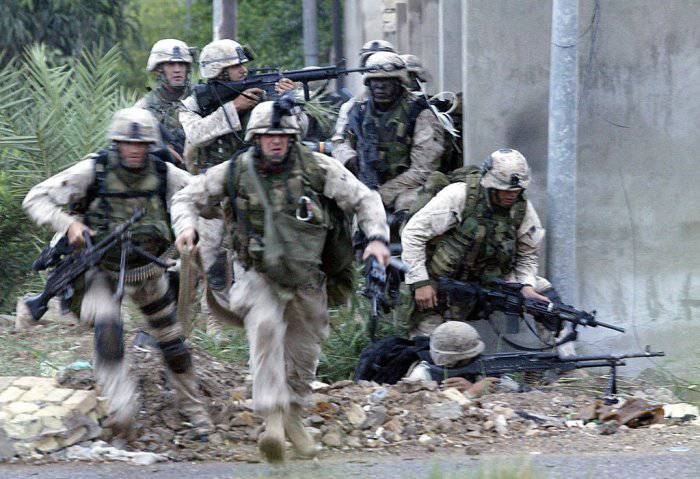
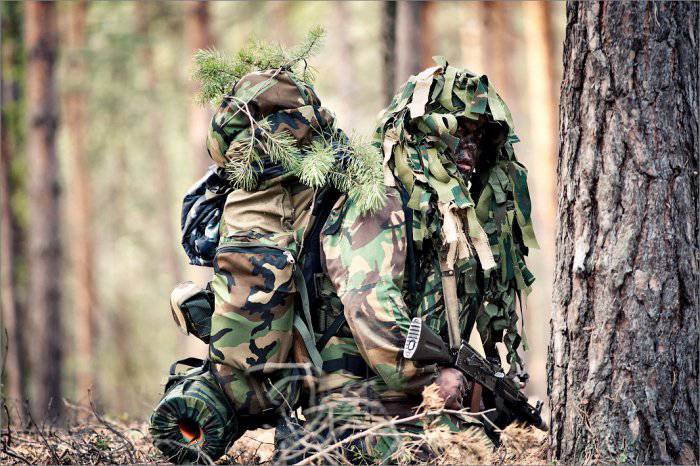
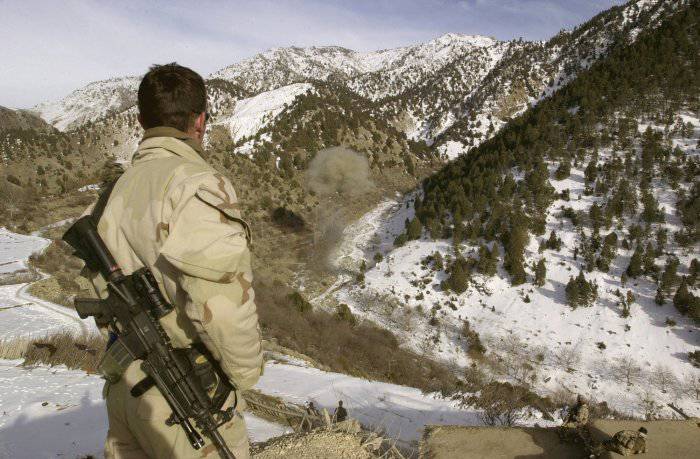
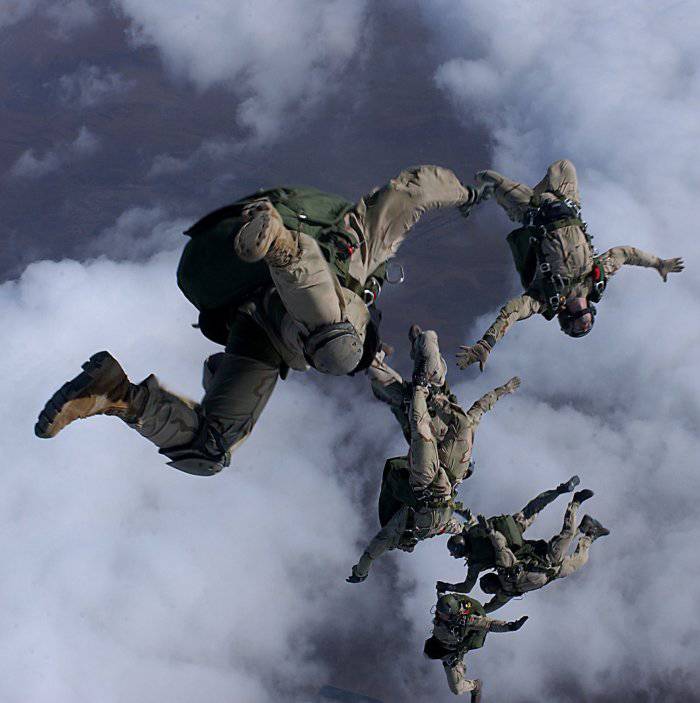
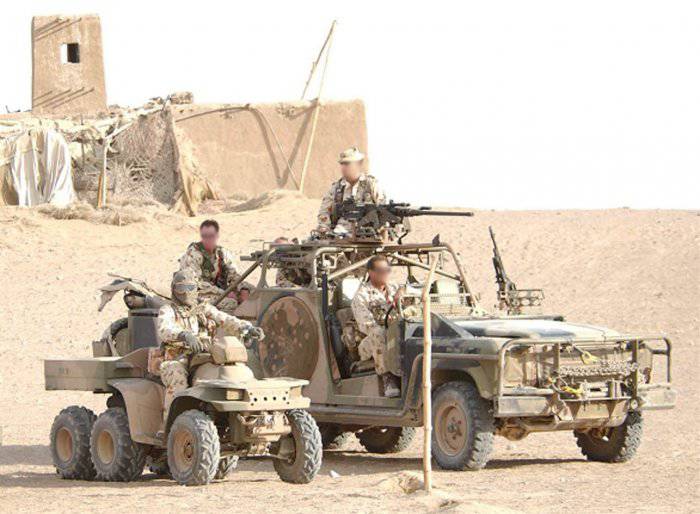
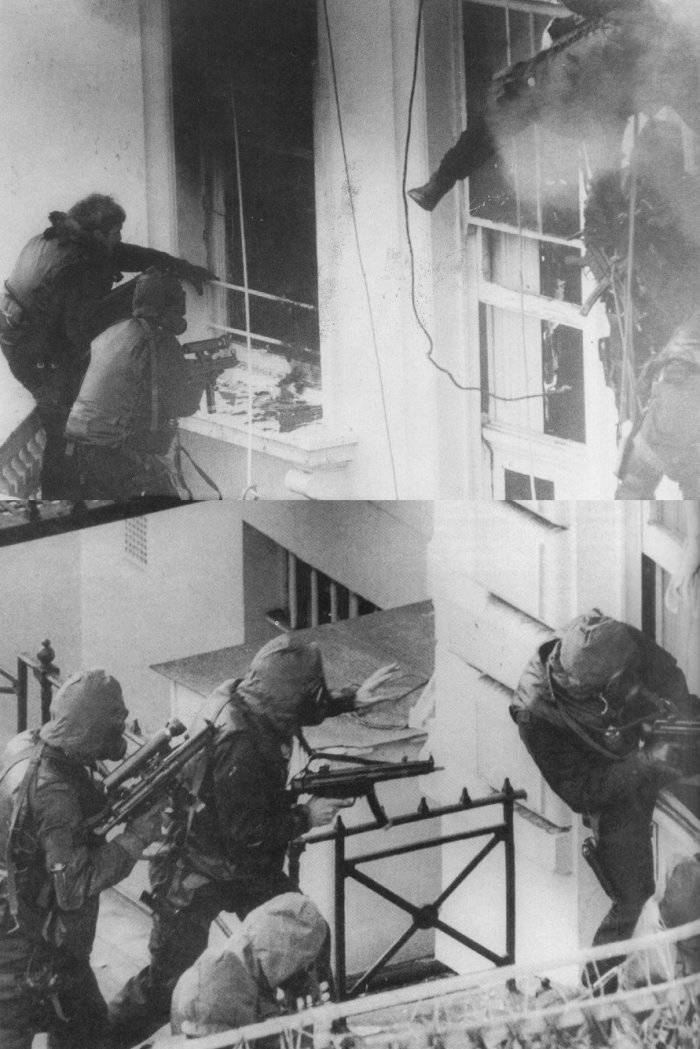
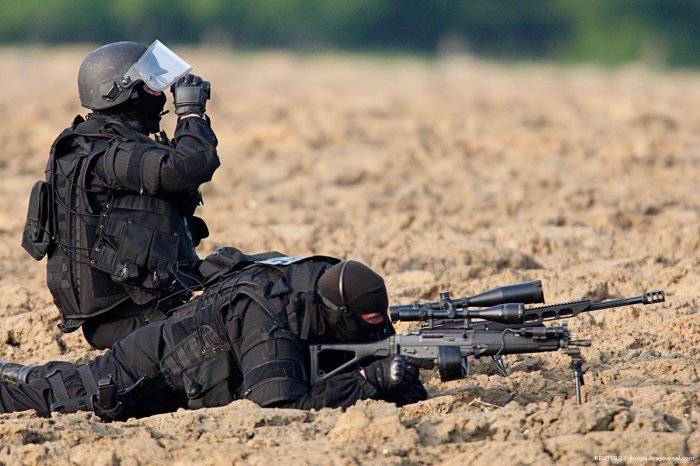
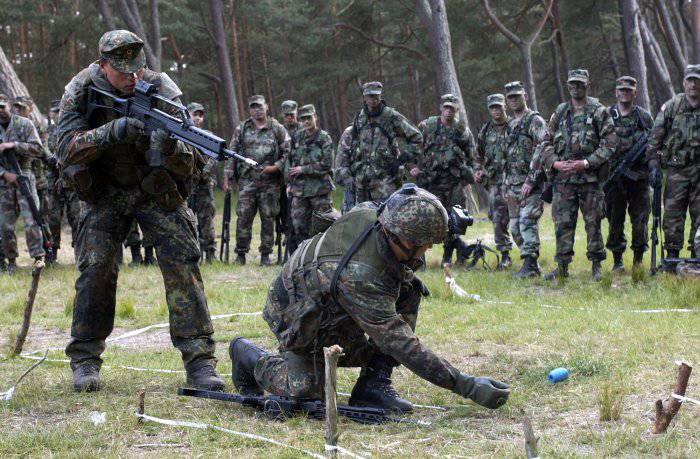
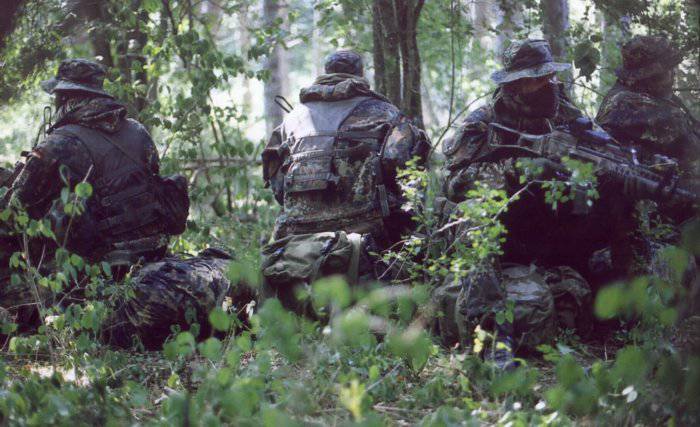
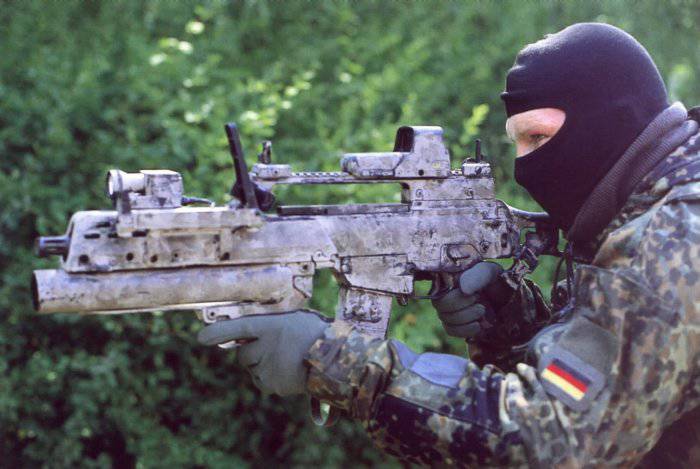
Information